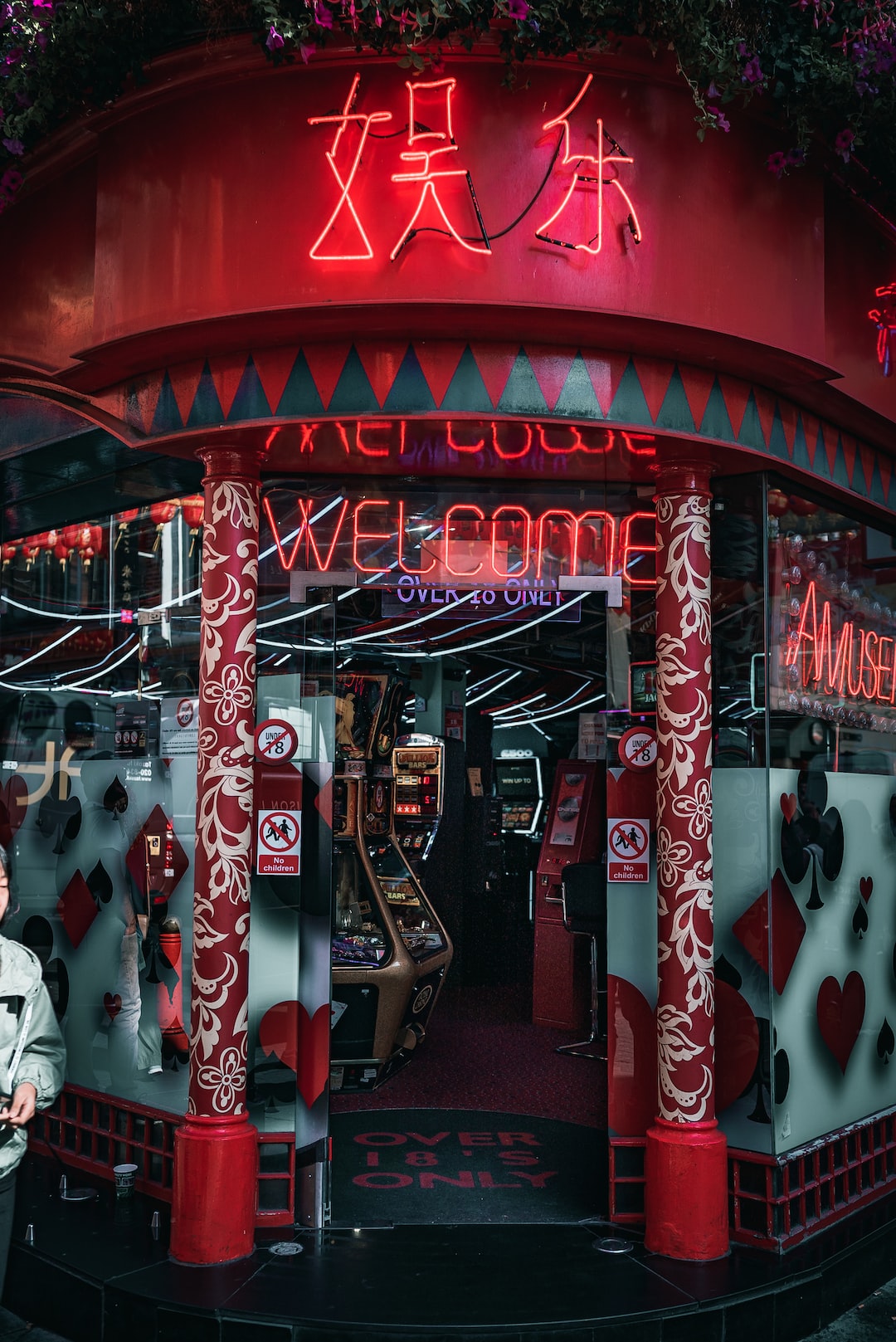The Artistry and Design of Video Game Characters
Video games have come a long way since their humble beginnings. Not only has the technology evolved, but so has the artistry and design behind the characters that populate these virtual worlds. In today’s blog post, we’ll explore the fascinating world of video game character design and the artistic talent that goes into creating these iconic figures.
One of the most important aspects of video game characters is their visual design. A well-designed character can capture the player’s imagination and make them feel connected to the digital world they are exploring. The artistic choices made in character design are crucial in conveying their personality, backstory, and role within the game.
Artists working on video game character design begin by brainstorming ideas and concepts. They may start with rough sketches, exploring different shapes, features, and clothing styles. These initial sketches serve as the foundation for the character’s visual identity. From there, the artists focus on refining the details, creating a more polished illustration.
One of the key elements in character design is the balance between originality and familiarity. Game developers often aim to create characters that are distinctive and unique, but at the same time, they need to resonate with the players. Players should be able to relate to the characters and understand their motivations.
For example, think of iconic characters like Mario from Super Mario Bros. or Lara Croft from Tomb Raider. Both characters have become household names and are instantly recognizable. Their design not only reflects their respective game worlds but also helps to establish their identities and personalities. Mario’s red hat and overalls, for instance, convey his friendly and adventurous nature, while Lara Croft’s iconic outfit and dual pistols evoke her strong and independent spirit.
Another aspect of character design that deserves attention is the use of color. Colors play a vital role in conveying emotions and establishing a character’s overall look. Bright, vibrant colors can create a more optimistic and cheerful atmosphere, while darker, muted tones can evoke a sense of mystery or danger.
Moreover, the movement and poses of video game characters are crucial in bringing them to life. Animators work closely with character designers to ensure that the characters move realistically while maintaining their unique visual identity. Fluid movements and attention to detail can make all the difference in creating a truly immersive gaming experience.
Character design in video games is not limited to the main protagonists; supporting characters, enemies, and NPCs (Non-Playable Characters) also require careful thought and creativity. These characters add depth to the game world and can greatly enhance the overall storytelling experience.
In recent years, there has been a growing emphasis on inclusivity and diversity in video game character design. Game developers are realizing the importance of representing different genders, ethnicities, and body types in their games. This push for diversity has not only improved representation within the industry but has also made video games more inclusive and relatable for players from all walks of life.
The artistry and design behind video game characters are truly a testament to the creativity and dedication of the artists involved. Their expertise in visual storytelling, ability to create unique identities, and attention to detail make these characters come alive on our screens. As technology continues to advance, we can only expect video game character design to become even more awe-inspiring, blurring the lines between reality and virtual worlds.

